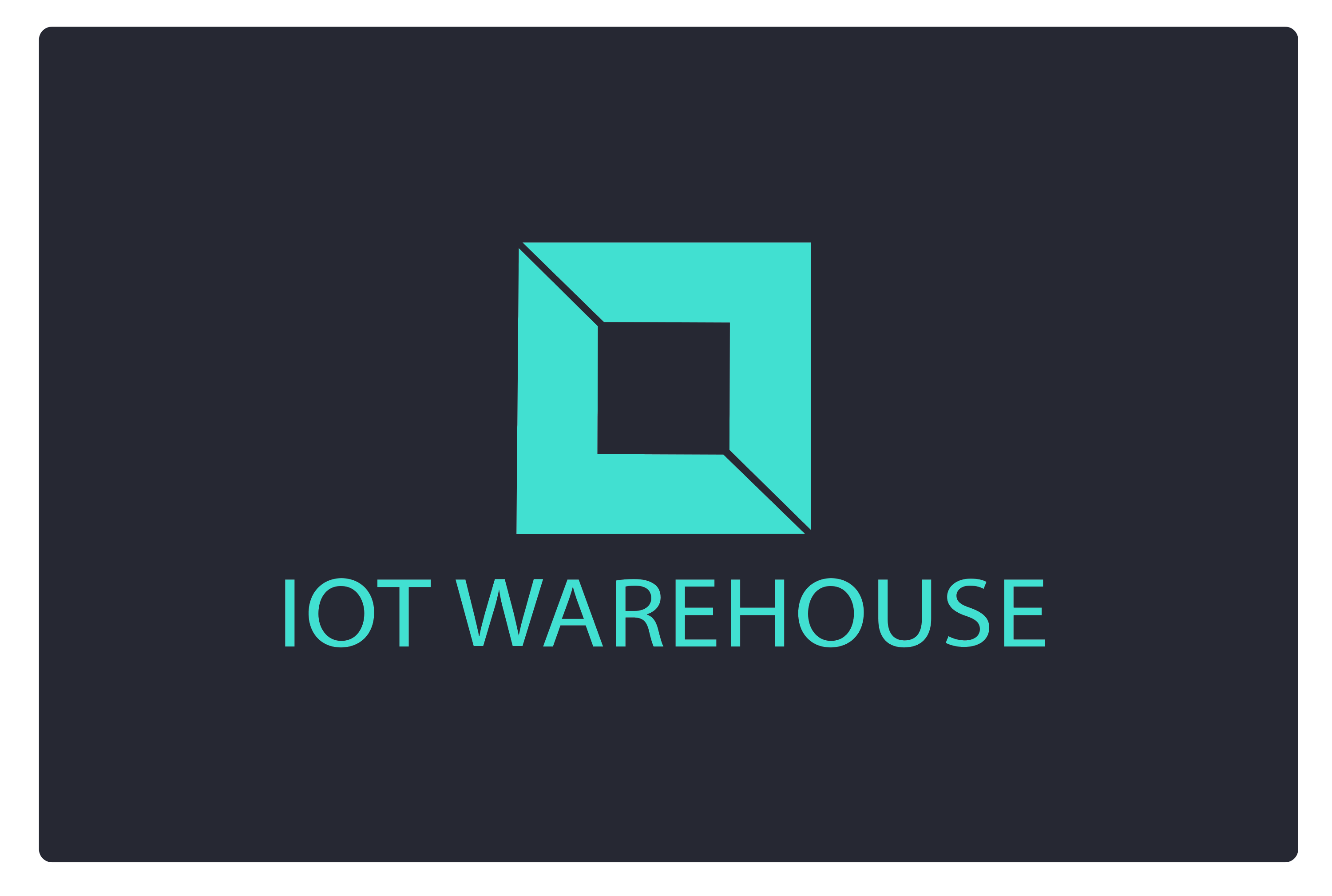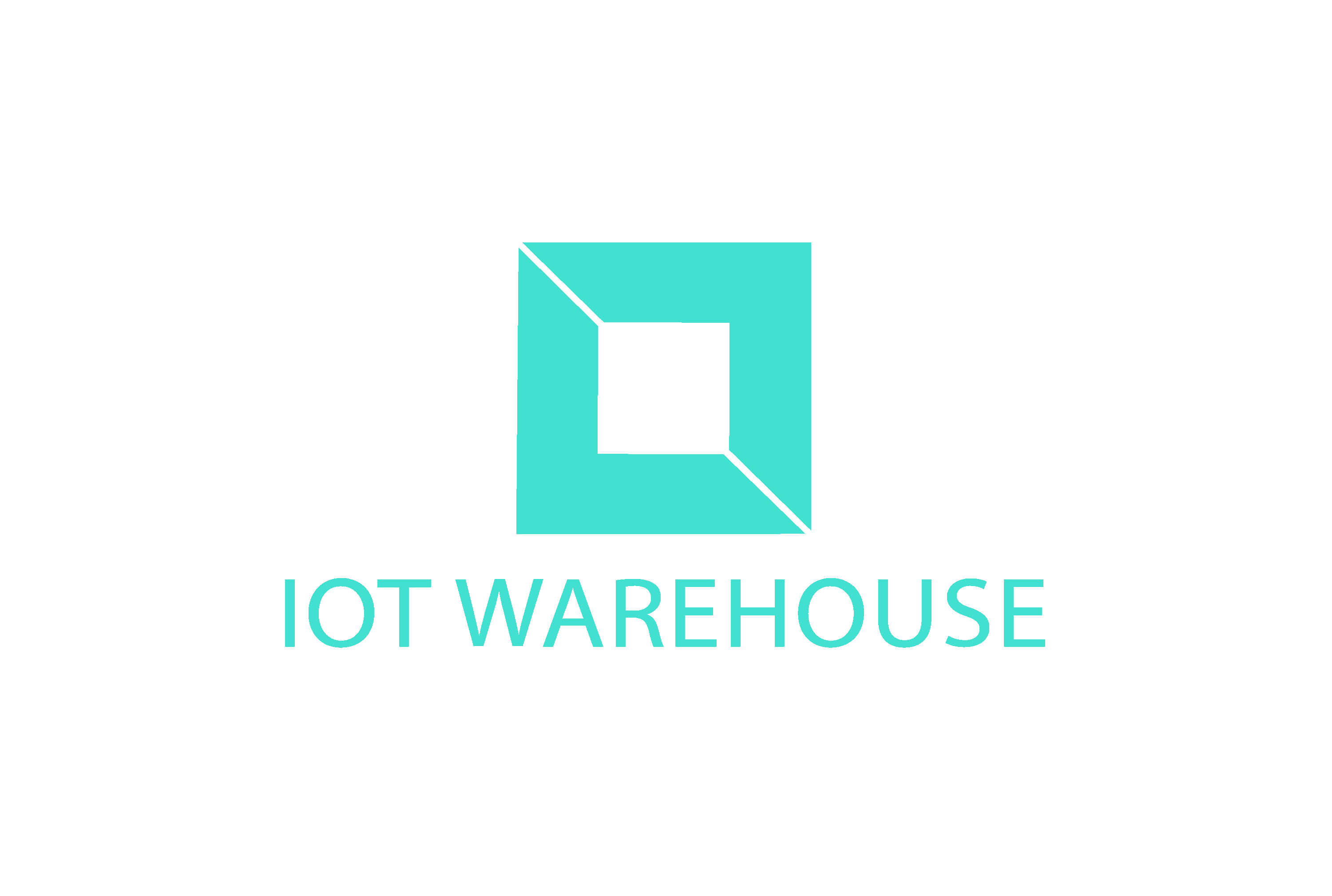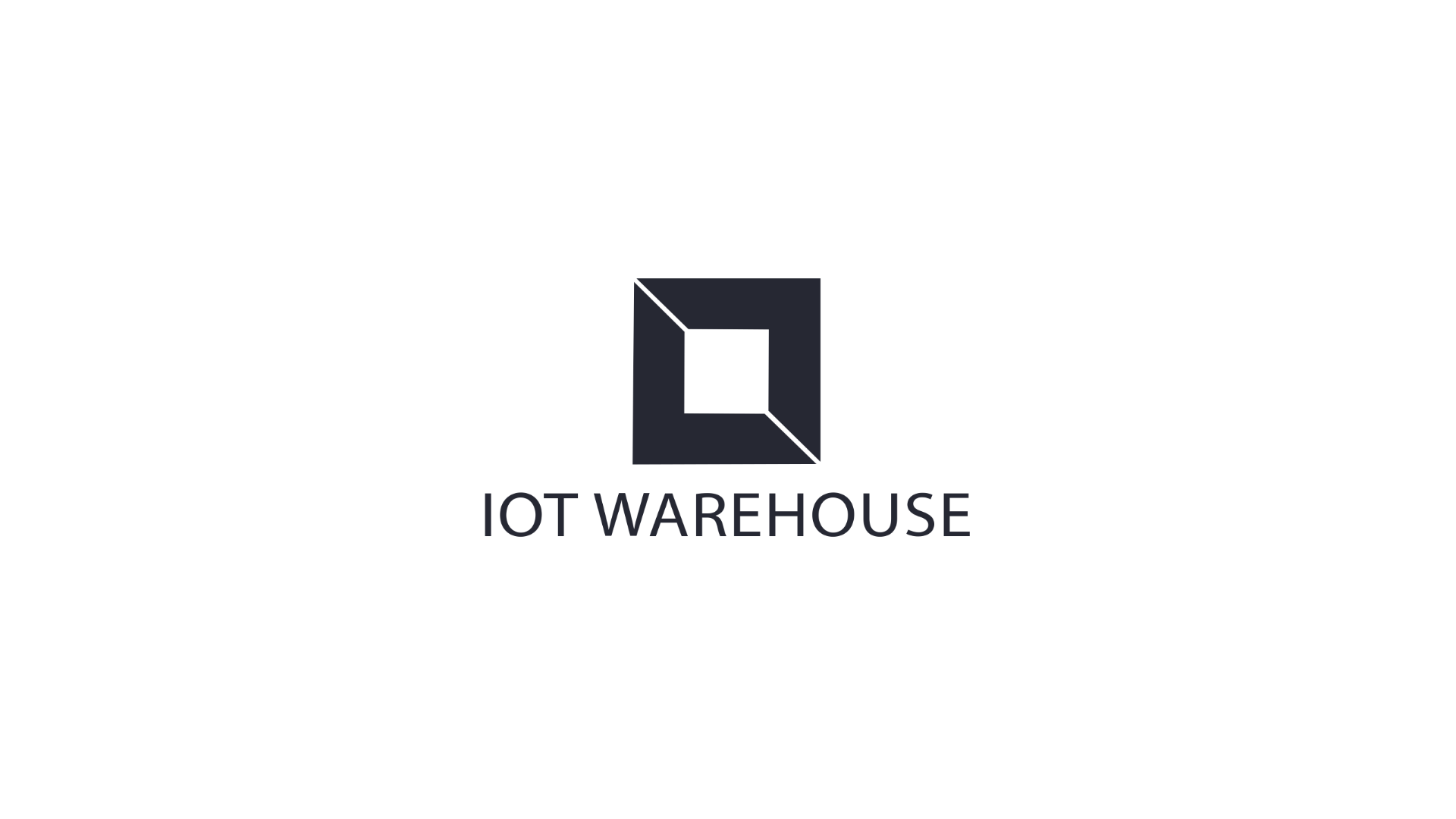With the first intelligent building created way back in 1981 and the obvious rise of low cost smart technology making it into almost every home now, are smart health facilities next?

With almost 1150 Hospitals and over 7500 Health Centres in the UK operated by the NHS, it is a mammoth task to manage the 25 million m2 of estates. Add in all different types of care, a system under visible strains and an estate comprising of both modern and older buildings, it would seem obvious that technology can help. Our frontline, healthcare workers are amazing and often work miracles in the most trying circumstances so surely it is imperative we try to give them better solutions?

Is AI the solution I hear everyone cry? Well, it absolutely could be but for this to be a success in many applications, first we need smart, reliable networking which also creates effective IoT (Internet of Things) solutions. If AI is the brain in the jar, IoT is the agility and data collection that can transform Hospitals and Health Centres into really smart spaces.

Imagine a traditional BMS or Building Management System, but without any borders, built for 2025 and a time where millions of wireless devices, mesh solutions, wide area networks and super secure cellular options are available as standard. And with plenty of open standard protocols for everything from smart lighting (DALI) to EV Charging (OCPP) the future smart facility can be a unification of proven, non proprietary technology for lower costs and future-proof deployment.

And the best use cases? Everything from faster, friction less patient access using biometrics for access to IoT for tracking vital equipment such as gurneys and even patients. The most insightful though could be those that collect and analyse data that will help with the future use of facilities such as thermal sensor technology that offers heat mapped occupancy data (no fear of GDPR issues) for real use data using low cost technology by UK manufacturer Danlers. Or amazing new AI powered smart glasses from RealWare, worn by frontline workers to visualise, undertake and record results for any task. Drive down admin time, always update records and even deliver on the job training by pushing video to users. Another area is smart automation which could deliver huge benefits and remove enormous layers of wasted labour and cost. Take legionella monitoring which is still usually a manual task (ensuring flush events take place in every water outlet across every facility), but could be automated using smart edge devices by Unified IoT that monitor and record temperatures, user flush events and can even create automated flushes to ensure total autonomous compliance. Imagine the savings and what the redeployment of labour could do to make our NHS once again the wonder of the world?

Technology is available along with systems and solutions that can really turbocharge our health services and if you would like to understand more, just get in touch?






Share:
Using IoT in Warehouses and Warehousing
Legionella outbreaks continue to rise in England and Wales